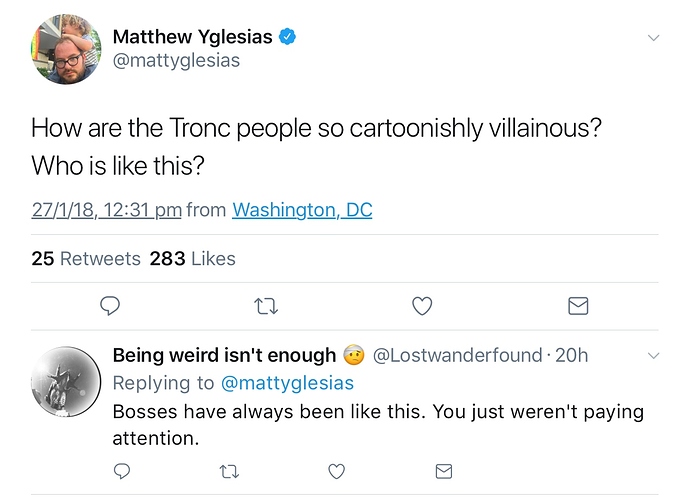JS: You know, Ninaj, as I watch the coverage in the aftermath of Donald Trump statement, I couldn’t find any major news organization that provided the political context, the historical context to why Haiti has been in a situation where its people would want to flee or need to flee. Haiti, of course, first black republic in the world, first country in the Western Hemisphere to abolish slavery. What has the U.S. legacy in Haiti been from the beginning?
NR: Since 1804, they did not recognize the existence of Haiti as an independent country. And essentially that was an embargo or a blockade that lasted over 60 years. So that hurt Haiti tremendously. And then the United States revisited. In 1915, there was a U.S. occupation with the Marines that lasted 19 years, from 1915 to 1934. They cleaned out the gold reserves of Haiti. They killed many people. They chopped down 75 percent of the trees, good lumber, and shipped it over here, the best trees, and didn’t replant.
And so now when we have these disasters and people wonder why the floods hit Haiti so bad, because of the erosion. That was not even 100 years ago.
And similarly to what Yanira just described, not only in El Salvador, Honduras, just throughout Central America, Latin America — the same thing. They supported these regimes in Haiti, poured money into Haiti, they take the military people and trained them in School of the Americas here in Georgia, it’s the same thing that they’re doing throughout all these countries and a lot of these countries that the people have TPS today.
JS: The U.S. policy, particularly under Ronald Reagan in the ’80s, was to back “Baby Doc” Duvalier in the name of anti-communism. What did it mean in Haiti for the United States to support the Duvaliers?
NR: They, not just financed, but even down to the clothes and the boots that they were wearing came from the United States, these armies. They just went around and killed people. So, it resulted in people having to flee persecution, many that fled by boat in the late ’70s, early ’80s there was a surge of refugees coming in.
JS: When Bill Clinton was the President of the United States, he started warehousing Haitians in the horrid conditions at the Guantanamo Bay prison in the occupied portion of Cuba. Explain that moment.
NR: Clinton campaigned against Bush when he first became president. He criticized the way Bush was treating the Haitian refugees, but when he came in, he actually did worse.
At the time there was 40,000 Haitian refugees that came, that were fleeing persecution, after the Aristide administration, Aristide was the first democratically elected president in Haiti was overthrown after seven months of being in office.
JS: In a U.S.-backed coup, where the United States and George H.W. Bush —
NR: In a U.S.-backed coup.
JS: — Were supporting murderous death squads like FRAP and trying to bolster the same forces that they had supported for so long under the Duvaliers. So, so the people are fleeing this coup and the violent aftermath of it and how did they end up going to Guantanamo?
NR: So, they were interdicted by the Coast Guard and taken to Guantanamo. I believe 1983, there was a treaty that was drafted by, I believe, Rudy Giuliani when he was assistant attorney general, U.S. assistant attorney general, between him and Baby Doc, Jean-Claude Duvalier who was the president of Haiti at the time, saying that if anybody left Haiti by boat within a 12-mile radius, that the U.S. Coast Guard could interdict them and return them to Haiti. Now, this is international waters. The U.S. doesn’t own international waters.
What happened after the coup in 1991, Aristide supporters were being persecuted, about 5000 people were killed and so many of them started to flee by boat. And they were being picked up and taken to Guantanamo.



